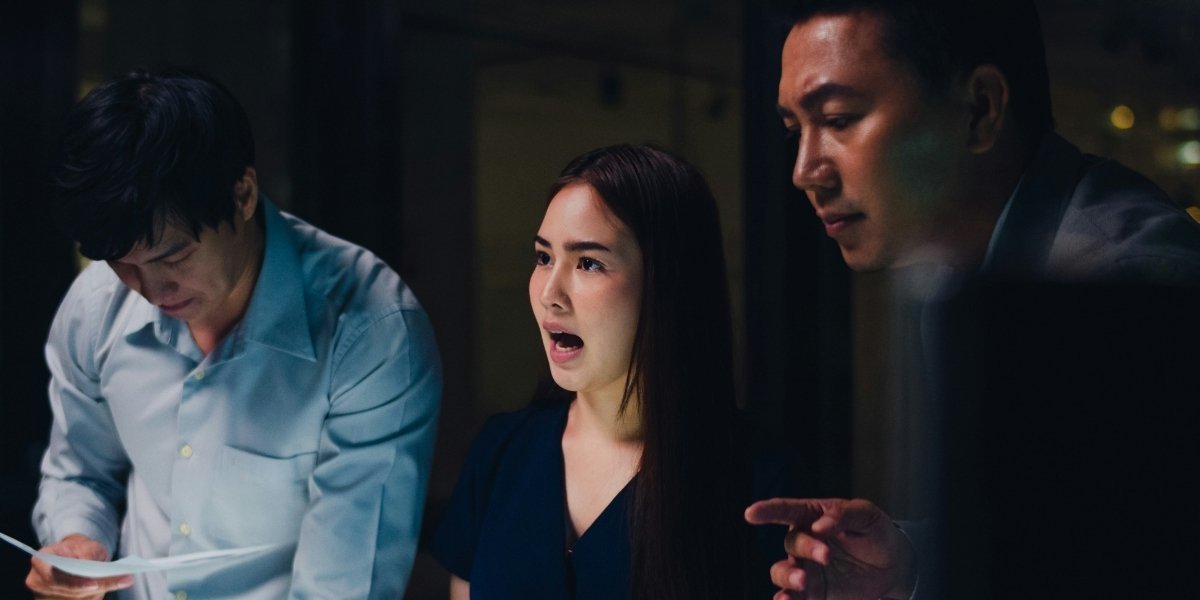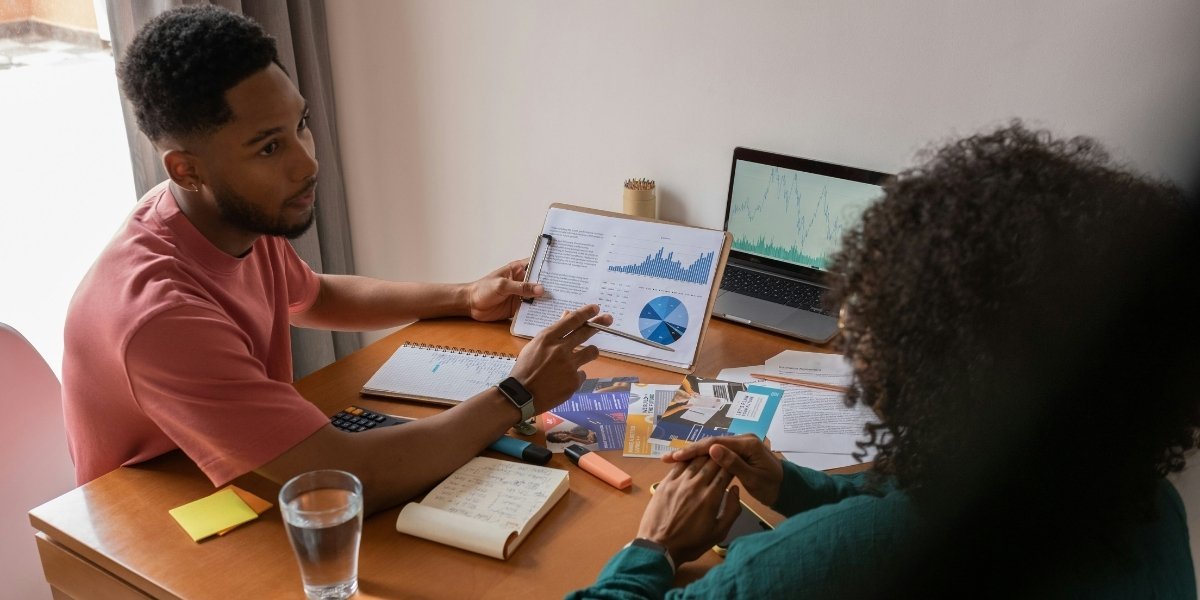One of the most essential skills for any actor is the ability to connect with their scene partner authentically. Acting is, at its core, a collaborative art form, and the relationship between actors is critical to creating a performance that feels truthful, engaging, and compelling. The ability to listen, respond, and react to your partner in a way that feels natural and spontaneous is what transforms a scene from good to unforgettable. In this article, we’ll explore the key techniques for building an authentic connection with your scene partner and how that connection can elevate your performance.
Read Also: The Crucial Role of VFX Companies in Entertainment
Why Is Authentic Connection So Important in Acting?
The authenticity of the connection between actors directly impacts the believability of the scene. When actors are truly connected with one another, it allows for a flow of emotions, reactions, and responses that feel raw and real. This chemistry between scene partners not only strengthens the performance but also creates a dynamic that captures the audience’s attention.
Creating Emotional Resonance
When actors connect authentically, they create an emotional resonance that the audience can feel. The subtleties of their interactions, the unspoken moments, and the natural flow of dialogue all contribute to a scene that rings true. An authentic connection between scene partners allows emotions to be shared and experienced collectively, making the performance more compelling.
Spontaneity and Surprise
One of the hallmarks of a truly authentic connection is spontaneity. When actors are fully present with each other, they are open to surprises. A line of dialogue can land differently than expected, a glance can communicate an unspoken thought, and a gesture can have a deeper meaning than intended. This type of unpredictability is what makes live performance so thrilling. The ability to adapt in real-time, based on the energy and reaction of your scene partner, creates a performance that is alive and constantly evolving.
Key Techniques for Connecting with Your Scene Partner Authentically
To connect with your scene partner authentically, there are several techniques that actors can use to foster trust, listen actively, and engage fully in the moment. These strategies not only help improve your connection with your partner but also strengthen your overall performance.
1. Active Listening
The foundation of any authentic connection is active listening. An actor cannot truly respond to their scene partner unless they are fully engaged in what the partner is saying and doing. Active listening means being present in the moment, paying attention to the words, tone, body language, and emotions of your scene partner.
When you listen actively, you open yourself up to responding truthfully and naturally. This means not thinking ahead to what you’re going to say next, but instead allowing yourself to be influenced by what your partner is offering in the moment. The more you listen, the more you will be able to react authentically, which deepens your connection with the other actor and makes your performance feel alive.
2. Empathy and Emotional Availability
Empathy is a critical tool for building authentic connections with a scene partner. Empathy allows you to step into your partner’s shoes and understand their emotions, motivations, and intentions. It also requires emotional availability—the willingness to be vulnerable and open in the scene, even if it means exposing parts of yourself that are difficult or uncomfortable.
When you empathize with your scene partner, you are more likely to respond with genuine emotion, making your reactions feel organic. This emotional availability builds trust between you and your partner, creating a space where both of you can fully explore and react to the scene. Empathy also allows you to connect with the subtext of a scene, understanding what’s not being said and reacting to the underlying emotions.
3. Focus on the Relationship, Not Just the Lines
Often, actors focus too much on delivering their lines perfectly or hitting specific beats in the script. However, the essence of acting lies in the relationship between the characters. Instead of just focusing on what you’re saying, shift your focus to the relationship you’re building with your scene partner.
What are the dynamics of this relationship? Are you in conflict, are you in love, or are you simply trying to understand one another? When you focus on the relationship rather than the lines themselves, you allow your performance to evolve more naturally. This shift in focus encourages a deeper emotional connection, as you are no longer just acting—you’re living the scene.
4. Non-Verbal Communication
Not all communication in acting is verbal. In fact, much of the emotional connection between scene partners happens through non-verbal cues such as eye contact, body language, gestures, and facial expressions. Non-verbal communication can carry as much weight, if not more, than the spoken word, and it plays a huge role in creating authenticity.
When connecting with your scene partner, be aware of how your body reacts to their presence and words. Do you lean in when they speak, or do you withdraw? Do your eyes convey tenderness or frustration? These non-verbal elements should align with the emotions you’re expressing verbally. By staying in sync with your partner’s non-verbal cues, you can create a dynamic, fluid, and authentic exchange.
5. The Art of Reacting, Not Acting
One of the most important principles in authentic acting is the art of reacting. Too often, actors focus on “acting” their emotions, which can lead to performances that feel forced or inauthentic. Instead of “acting” an emotion, focus on truly reacting to what’s happening in the scene. How does your partner’s line make you feel in that moment? How does their body language influence your response?
Authentic reactions arise when actors let go of the need to control every moment and instead allow themselves to respond naturally to what is happening in the scene. This reaction-based approach leads to a more genuine and engaging performance, as you allow yourself to be affected by your partner in real time.
6. Trust and Vulnerability
Perhaps the most critical component of authentic connection is trust. As actors, we are often required to expose vulnerable aspects of ourselves, whether it’s expressing raw emotion or taking risks with the material. Building trust with your scene partner is key to allowing that vulnerability to shine through.
Trust allows actors to take risks with their performances, knowing they are supported by their partner. When both actors feel comfortable being vulnerable and trusting each other, the scene becomes a true collaboration, leading to a more compelling and truthful portrayal.
Read Also: The Visionaries Behind Famous TV Shows: Meet the Producers
The Power of Authentic Connection in Acting
The magic of acting lies in the authenticity of the connection between scene partners. When actors actively listen, empathize, and respond to each other in real-time, the performance feels genuine, dynamic, and full of life. By honing these techniques—active listening, empathy, focus on the relationship, non-verbal communication, and vulnerability—actors can create performances that resonate deeply with audiences and make every scene memorable.
Remember, acting is not about delivering lines perfectly or getting every gesture right. It’s about creating an emotional connection with your scene partner, allowing both of you to tell a story together. The more authentic that connection, the more powerful the performance will be.














